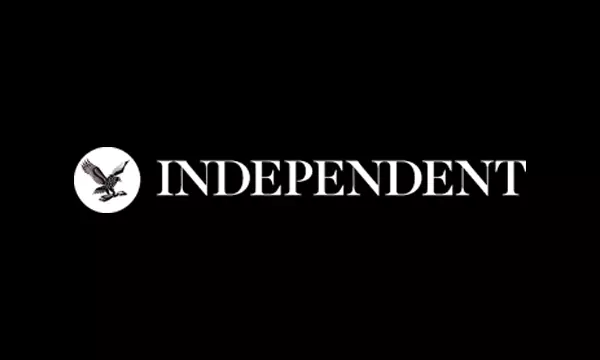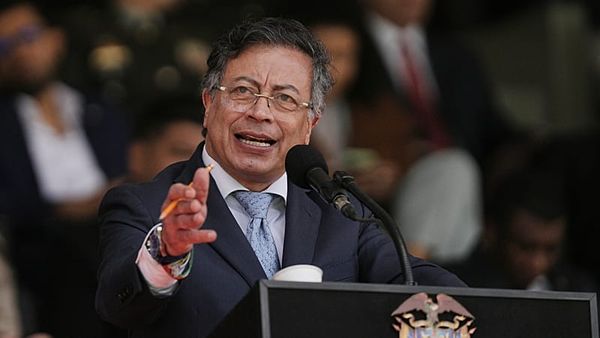
Gold’s rally to record highs may be far from over. With JP Morgan Private Bank forecasting prices could exceed $5,200 per ounce by the end of 2026 and Bank of America calling for $5,000, the yellow metal is again the market’s favorite hedge against fiscal and geopolitical uncertainty. Gold ETFs, including those offering exposure to miners, are poised to benefit from the next price surge.
Gold ETF Exposure Deserves Another Look
Among physically backed funds, the SPDR Gold Shares (NYSE:GLD), with over $124 billion in assets, remains the dominant vehicle for institutional hedging. The fund has received $19 billion in inflows so far this year. In the past month, GLD brought in almost $4 billion, according to data compiled by ETF Database.
Meanwhile, iShares Gold Trust (NYSE:IAU) and SPDR Gold MiniShares (NYSE:GLDM) have been magnets for retail inflows in recent months, offering lower expense ratios than GLD. IAU saw $9.6 billion in inflows this year, while GLDM saw $7 billion, according to data aggregated by ETF Database.
The sharper moves, however, have been made by gold mining ETFs, which often act like leveraged plays on bullion. The VanEck Gold Miners ETF (NYSE:GDX), which tracks large-cap producers such as Newmont Corp (NYSE:NEM) and Barrick Gold Corp (NYSE:B), has surged more than 115% this year, beating spot gold. The VanEck Junior Gold Miners ETF (NYSE:GDXJ), which focuses on smaller exploration firms, has risen over 116% as speculative appetite returned.
At the same time, other, more specialized products, such as the iShares MSCI Global Gold Miners ETF (NASDAQ:RING) and the Sprott Junior Gold Miners ETF (NYSE:SGDJ), have begun to see a return of investor interest across different geographies and market-cap spectrums. Both funds are up in triple digits this year.
Also Read: Warren Buffett Won’t Buy Gold, And This Valuation Guru Agrees: ‘It’s A Collectible, Not An Asset’
A Double-Edged Bet On Miners
The two key catalysts underpinning the bullish case for these ETFs are sustained central bank demand and constrained global supply. The World Gold Council forecasts official-sector purchases of 750–900 tons in 2025, led by China and other emerging markets’ continued need to diversify reserves away from the U.S. dollar. This would further tighten supply just as miners face increased operational risks.
But there is also a caveat to mining ETFs: Operational leverage works in both ways-it can amplify gains as well as losses. Production bottlenecks, rising energy costs, and stricter environmental standards may squeeze margins, particularly for junior miners. Events like last year’s tailings dam collapse in Turkey's Çöpler mine, which forced its shutdown, serve as stark reminders of the sector’s volatility.
For investors wagering on the “de-dollarization trade,” a balanced gold ETF strategy could be key. Physical ETFs like GLD and IAU offer stability, while miner funds such as GDX and GDXJ add high-octane upside-but also turbulence. If JP Morgan’s $5,200 call plays out, those positioned in mining ETFs could strike gold.
Read Next:
Photo: Shutterstock







